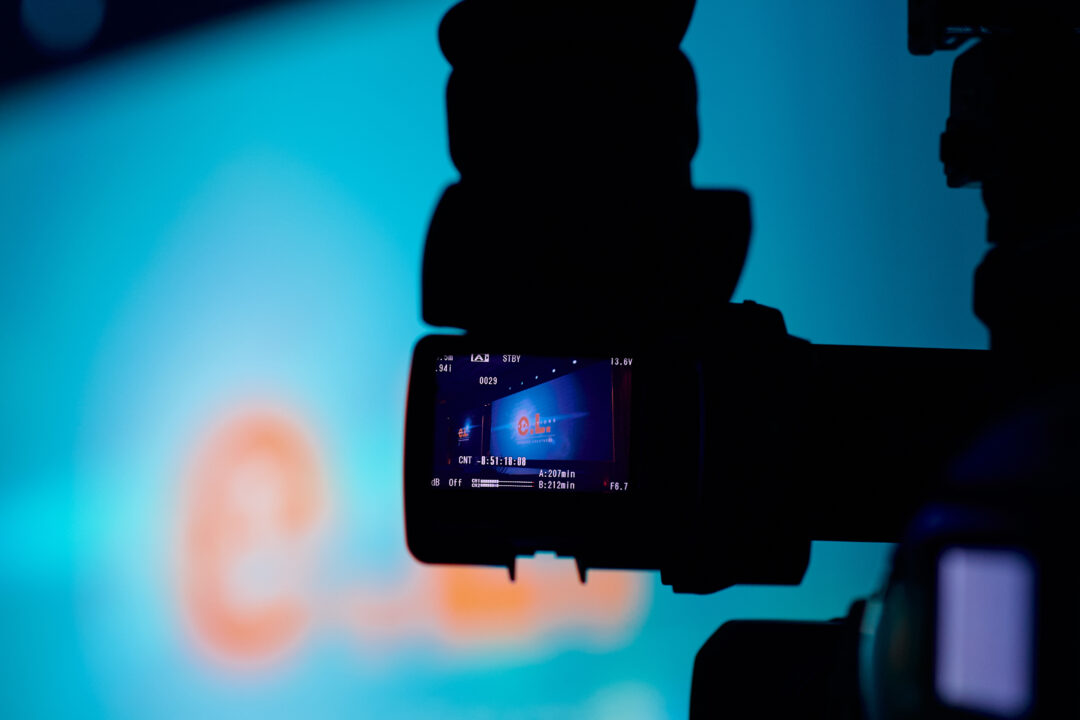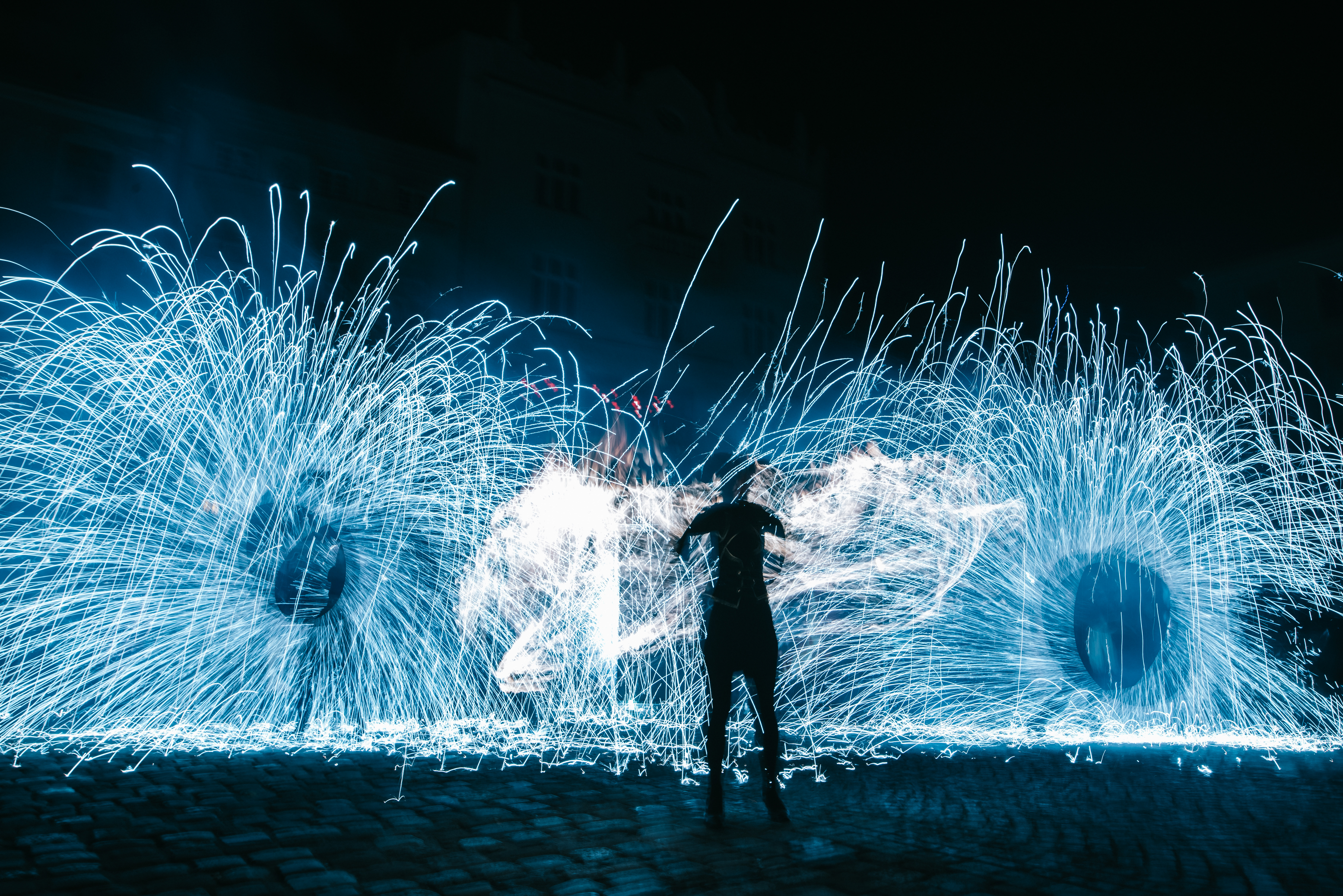How to Bring Your Brand to Life in Experiential Events

If your brand isn’t the star of your event, why host it at all
Discover how to bring your brand to life in experiential events by ensuring your brand shines through every detail.
Events beyond traditional marketing should immerse attendees in a branded environment, fostering deeper engagement, and creating memorable experiences. Whether you’re planning a conference, product launch, or corporate gathering, integrating your brand into every aspect of the event can elevate its impact.
Here’s how to bring your brand to life in experiential events.
Define Your Brand Essence
Before diving into event planning, it’s crucial to have a clear understanding of your brand’s essence. This includes your brand values, mission, vision, and personality. Knowing these core elements will guide your decision-making process and ensure consistency across all event touchpoints. Ask yourself:
- What emotions do we want to evoke?
- What message do we want to convey?
- How do we want attendees to perceive our brand?
Strategic Event Design
The design of your event should reflect your brand’s identity. From the venue selection to the layout and decor, every detail should be thoughtfully curated to align with your brand. Consider the following:
Venue: Choose a venue that complements your brand’s image. For example, a sleek, modern space for a tech company or a luxurious hotel for a high-end fashion brand.
Decor: Use your brand colours, fonts, and imagery consistently throughout the event space. This creates a cohesive visual experience.
Signage and Displays: Use branded signage, banners, and digital displays to create interactive touchpoints that reinforce your message and keep your brand front and centre. Consider adding QR codes for instant access to information or exclusive content.
Digital Screens: Provide tangible, high-impact value to your attendees and sponsors with attention-grabbing touch-based digital screens and video walls. Post scheduled events, agendas, updates, and leaderboards on these screens to keep attendees informed and engaged.
Wayfinding: Optimize the guest experience by using wayfinding technology to direct attendees to underutilized locations, enhance safety, and reduce congestion. Seamlessly integrate powerful brand messaging into these navigational aids.
Registration: Create a seamless registration experience with interactive kiosks and a dedicated event app. Touchscreen kiosks can streamline the check-in process and provide personalized information to attendees.
Content Development and Management
Content is king, especially in experiential events. Develop content that not only informs but also engages and resonates with your audience. Consider incorporating:
Branded Presentations: Ensure that all presentations and materials reflect your brand’s tone and style. Use branded colours, templates, graphics, and key messaging.
Interactive Elements: Engage attendees with interactive experiences such as touchscreens, VR/AR, and gamification that tie back to your brand story.
Storytelling: Weave your brand story into keynote speeches, panel discussions, and workshops. Personal stories and case studies can make your brand more relatable and memorable.
Hands-on Workshops: Offer product demo sessions, roleplays, simulations, interactive quizzes, and AMAs (Ask Me Anything) to provide practical, hands-on experiences that deepen attendees’ connection to your brand.
Creative Services and Show Production
The creative execution of your event can significantly enhance the attendee experience. Work with creative professionals to bring your brand to life through:
Lighting and Sound: Use lighting and sound design to create an immersive environment that reflects your brand’s mood and energy.
Stage Design: A branded stage backdrop, podium, and props can reinforce your brand identity.
Entertainment: Select entertainment that aligns with your brand values and audience preferences. Whether it’s a live band, DJ, or performance art, the entertainment should enhance the overall experience.
Engagement and Interaction
Encourage attendee interaction and engagement through:
Social Media Integration: Promote event hashtags and encourage attendees to share their experiences on social media. Display a live social media feed at the event to showcase attendee posts.
Networking Opportunities: Facilitate networking by creating branded lounges or networking areas where attendees can connect.
Feedback Mechanisms: Use surveys, polls, and Q&A sessions to gather feedback and insights from attendees, helping you improve future events.
Gamification: Stimulate competition and engagement by gamifying your event. Award points for participation in activities such as scavenger hunts, participation quests, and in-app games. Display leaderboards and offer prizes to encourage active involvement.
Other Brand Moments and Experiences
Creating unique brand moments throughout the event can leave a lasting impression on attendees. Here are some ideas:
Branded Giveaways: Offer high-quality, branded merchandise that attendees will use and remember long after the event.
Photo Opportunities: Set up branded photo booths or backdrops where attendees can take pictures and share them on social media, increasing your brand’s visibility.
Experiential Zones: Create zones within the event space where attendees can interact with your products or services. This could include demo stations, product trials, or immersive brand experiences.
Post-Event Follow-Up
The event doesn’t end when the attendees leave. Follow up with them to keep the momentum going:
Thank You Emails: Send personalized thank you emails with a recap of the event and links to presentations or recordings.
Surveys: Ask for feedback on their experience to understand what worked well and what can be improved.
Content Sharing: Share event highlights, photos, and videos on your website and social media channels to extend the event’s reach and impact.
Integrating your brand into every aspect of an experiential event can create a powerful, memorable experience for attendees. Remember, the key to successful experiential events lies in the details, consistency, and a deep understanding of your brand’s essence.
At E.L. Productions, we help you create outstanding experiential events. Collaborate with our expert team to ensure edvery aspect of your production reflects your brand, making it as impactful as possible.

































